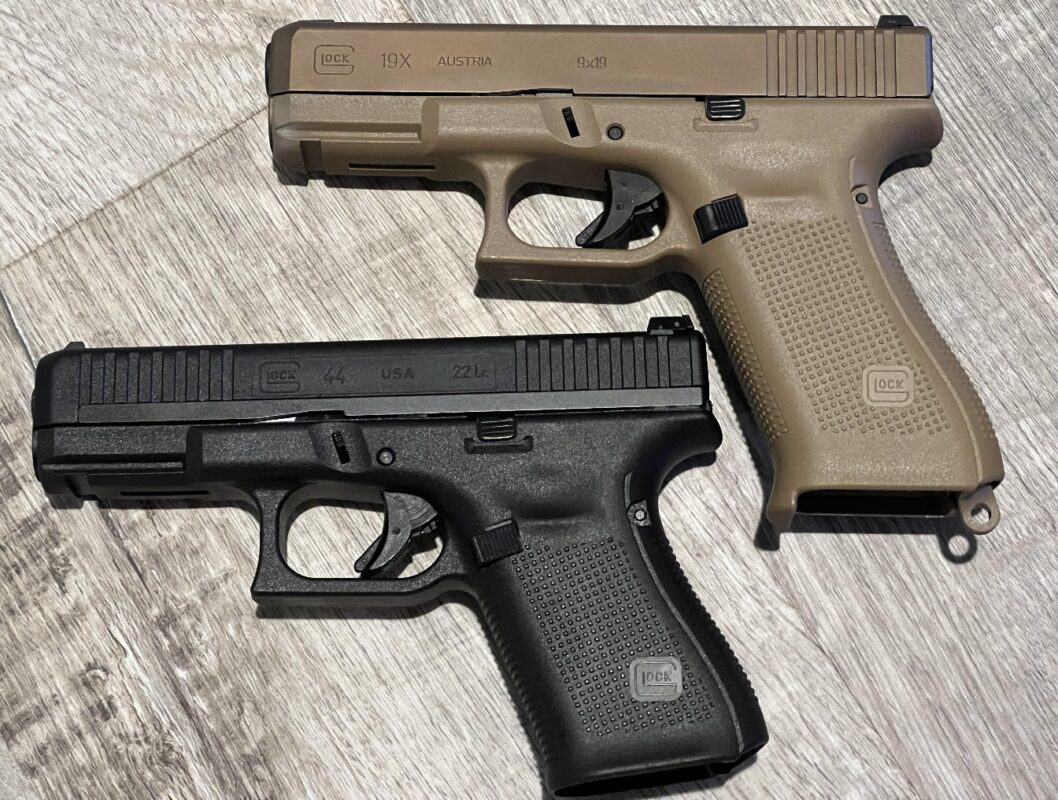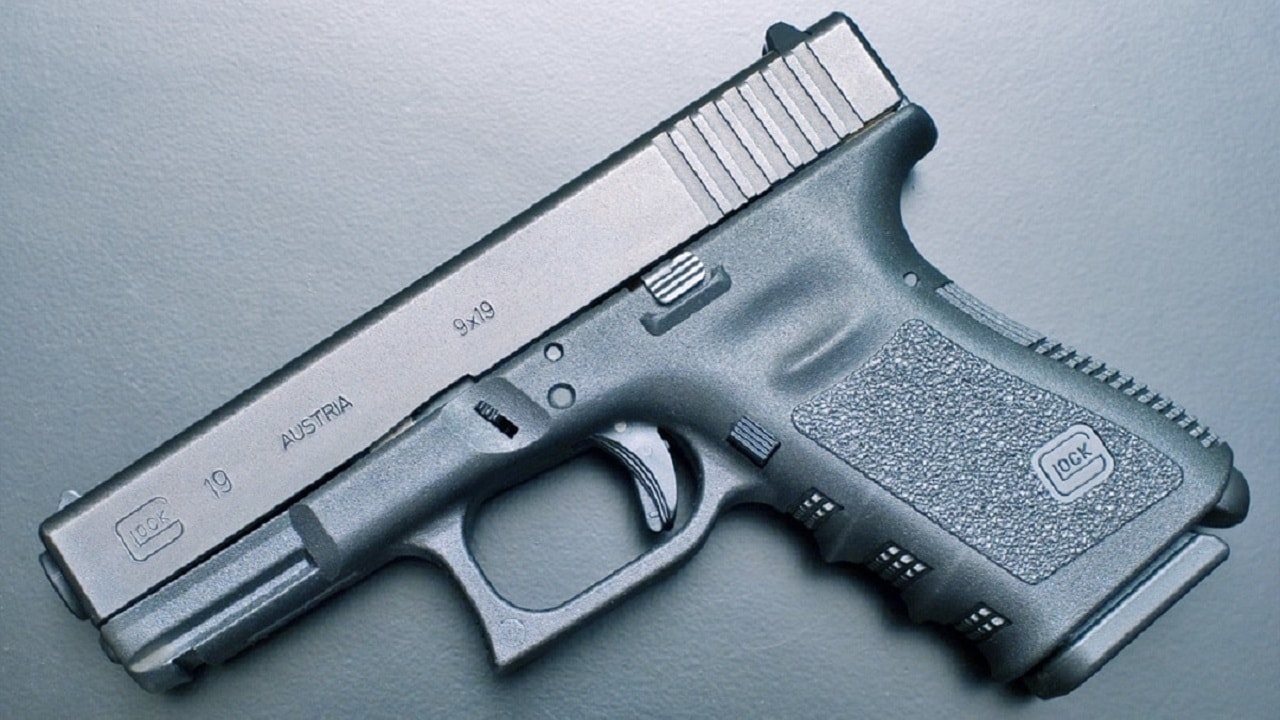The Glock 19 has quickly become a favorite of the U.S. Navy SEALs for the sidearm’s ability to function underwater, better shooting capabilities, and being less prone to corrosion.
The Glock replaces the SIG P226, which is being phased out over time.
Enter the Glock 19
The Glock 19 has emerged as the preferred firearm of the special military unit. The Sig P226 continues to be slowly phased out. The Glock 19 is largely preferred and celebrated by Navy SEALs, in large measure because it performs much better in salt water. The Navy SEALs regularly operate in such environments, and a more durable sidearm greatly enhances the operational capacity and range of missions.
The merits of the Glock 19 also include cleaning and maintenance. “I’ve worked on Sig P226, and they are harder to clean, and some of their springs have a terrible habit of rusting. Also, SIGs are single-action/double-action, decocker guns, while Glocks are striker-fired. They tend to have a more consistent trigger, and there is Glock’s reliability to consider,” explained Mike Myers in an article for Spec Ops Magazine. “When fitted with maritime cups, Glock 19 is one of the few handguns that will function and cycle reliably underwater.”
The SEALs and other forces such as the Marine Corps are increasingly thinking in terms of multi-domain tactics, given advances in technology, tactics, and the demands of missions. The Marine Corps, for example, is traditionally an amphibious-based unit, yet the advent of drones, unmanned systems, and weapons systems capable of transitioning and functioning in both land and sea environments has strongly reinforced Navy SEAL and Marine Corps versatility in a multi-domain operational scope.
Therefore, it is not surprising that Special Ops Magazine finds similar reverence and support for the Glock 19 has also reached the Marine Corps. In recent years, the Corps has focused on tactics and concepts enabling a more complete return to its maritime roots, following years of largely ground wars in Iraq and Afghanistan.
For example, the Marine Corps has in recent years been developing new variants of weapons such as the Naval Strike Missile able to attack from both sea and land positions. In addition, Marine Corps Force Design 2030 emphasizes tactical synergies between unmanned systems and lighter, more expeditionary yet lethal weapons capable of moving power and weaponry across domains in a land-sea warfare environment. This is quite significant as such an approach is also followed closely by Navy SEALs, and it is a key reason why both units have taken well to the Glock 19.
Most of all, however, Spec Ops magazine explains that the Glock 19 is highly tailorable to the operational needs of individual special operators and Marines.
“I do believe that most of the special operation guys who make their living with weapons like to tune them to fit exactly the way they want to shoot. Glock with so many aftermarket upgrades like triggers, slides, mag wells, optics, sites, and grip texture allows them to do just that,” Myers writes in Special Ops Magazine.

Glock 19X and Glock 44 side by side. Image Credit: 19FortyFive Original Image.
Kris Osborn is the Military Affairs Editor of 19FortyFive and President of Warrior Maven– Center for Military Modernization. Osborn previously served at the Pentagon as a Highly Qualified Expert with the Office of the Assistant Secretary of the Army—Acquisition, Logistics & Technology. Osborn has also worked as an anchor and on-air military specialist at national TV networks. He has appeared as a guest military expert on Fox News, MSNBC, The Military Channel, and The History Channel. He also has a Master’s Degree in Comparative Literature from Columbia University.
From 19FortyFive

